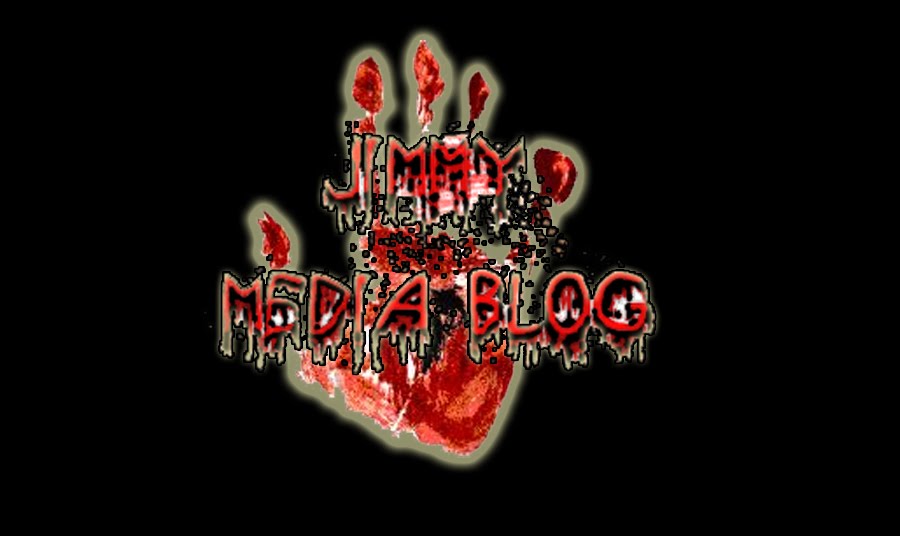We expect,
The opening to give us information about who, what and where.
There to be characters who interact with eachother.
To see a series of incidents, which are connected with eachother.
Problems and/or conflicts.
The ending to resolve the action or cast new light on what has happened.
When the viewer watches the film, they pick up cues, recall information and recognise what will happen next which causes them to participate in the form of the film. The ending has a task of convincing the viewer, satisfying or cheating the expectations influenced by the film as a whole.
TZVETAN TODOROV
Todorov suggested that stories begin with an equilibrium, where any potentially opposing happenings are in balance. This is then trigged by an event followed by a series of these events. Problems are then solved so that the order can be put back in the fiction.
An example of the is the 'classic Hollywood' narrative structure, where an equilibrium is set up, which is then disrupted. causing a disequilibrium, which is then resolved into a new equilibrium at the end.
VLADIMIR PROPP
Propp looked at many folk tales and indentified 8 character roles and 31 narrative funtions.
These charater roles are,
The Villain
The Hero
The Donor - who provides an object with some magic property.
The Helper who aids the hero.
The Princess - a reward for the hero, and object of the villains schemes
Her Father - who rewards the hero
The Dispatcher - who sends the hero on his way
The False Hero
CLAUDE LEVI-STRAUSS/ROLAND BARTHES
Levi-Strauss and Barthes looked at narrative structure in terms of binary oppositions. These are set of opposite values which reveal the structure of media texts. An example would be good and evil, we understand the concept of them being opposites of one another. They looked for deeper arrangements of themes rather than the order in which the events were arranged. E.g, Good/Evil, Past/Present, Normal/Strange, Known/Unknown.
BORDWELL AND THOMPSON
Bordwell and Thompson defined narrative as "a chain of events in a cause-effect relationship, occuring in time and space". They didnt create a full theory of narrative, but put together ideas that a narrative typically begins with one situation, a series of changes occur according to a pattern of cause and effect, finally a new situation occurs that brings the end of the narrative.

No comments:
Post a Comment